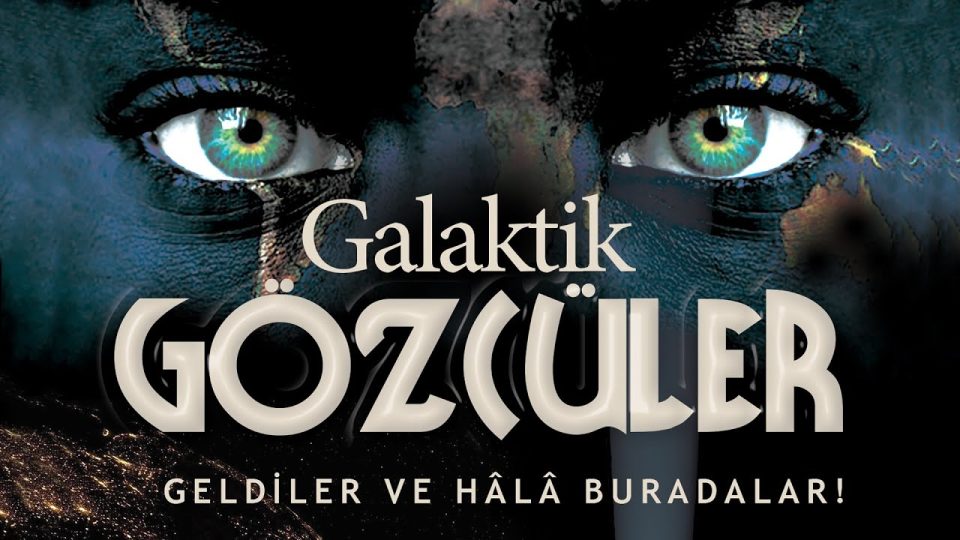1 – The Symbolist Movement in Literature: Arthur Symons, first published in 1899. This book is considered one of the seminal works on Symbolism. Symons explores the origins of Symbolism, its development in France and other countries, and its various expressions in literature, art, and music. The book includes detailed analyses of the works of major Symbolist writers such as Baudelaire, Mallarmé, Rimbaud, Verlaine, and Yeats, among others. Symons also traces the influence of Symbolism on later literary movements, including Surrealism and Modernism. He argues that Symbolism is a reaction against the naturalism and realism of the 19th century and seeks to express the hidden, spiritual truths that underlie reality.
2 – Symbolism: Michael Gibson, first published in 1995. This book provides a comprehensive overview of Symbolism in art and literature, from its origins in the 19th century to its influence on later movements. Gibson examines the key themes and motifs of Symbolist art and literature, such as dreams, the unconscious, and the supernatural, and shows how Symbolism represents a break with traditional representation and a move towards abstraction and suggestion. He also discusses the different strands of Symbolism, including Decadent Symbolism, which emphasizes decadence and excess, and Idealist Symbolism, which seeks to express a transcendent reality beyond the material world. The book includes many illustrations of Symbolist art and is an excellent introduction to the subject for both students and general readers.
3 – The Book of Symbols: Reflections on Archetypal Images: Archive for Research in Archetypal Symbolism, published in 2010. This book is a visual and textual encyclopedia of symbols, drawing on the insights of Jungian psychology and mythology. It features over 350 symbols, arranged thematically according to archetypal themes such as the hero, the shadow, the trickster, and the anima/animus. Each symbol is accompanied by a detailed essay that explores its meaning and significance, as well as its cultural and historical context. The book is richly illustrated with images from art, mythology, and everyday life, and provides a valuable resource for anyone interested in the deeper dimensions of symbolism.
4 – The Red Book: Carl Jung, first published in 2009 (though written between 1914 and 1930). This book is a personal exploration of the unconscious, undertaken by the pioneering Swiss psychologist Carl Jung. The book takes the form of a kind of illuminated manuscript, with Jung’s own paintings and calligraphy accompanying his text. It is a deeply symbolic work that explores the archetypal themes of the human psyche, such as the anima/animus, the shadow, and the self. Jung’s aim in the book is to come to terms with his own unconscious and to find a way to integrate its contents into his conscious life. The book is an extraordinary testament to Jung’s creativity and his commitment to understanding the deeper dimensions of the human psyche.
5 – The Language of Dreams: Robert Bosnak, first published in 1988. This book is a guide to understanding the symbolic language of dreams, drawing on the insights of Jungian psychology and mythology. Bosnak argues that dreams are a kind of symbolic language that can help us to understand ourselves and our place in the world. He provides practical techniques for working with dreams, including keeping a dream journal, exploring dream imagery, and engaging in active imagination. The book includes many examples of dreams and their interpretations, as well as illustrations from art and mythology that help to illuminate the symbolism of dreams.
6 – The Interpretation of Dreams: Sigmund Freud, first published in 1899. This book is a classic work of psychoanalysis that explores the significance of dreams as a window into the unconscious. Freud argues that dreams are the product of unconscious wishes and desires that are repressed in waking life. He develops a system of dream interpretation that involves analyzing the manifest content of dreams (the actual events and images that occur) in order to uncover the latent content (the hidden desires and conflicts that underlie them). Freud also discusses the role of symbols in dreams, arguing that they represent a kind of compromise between the conscious and unconscious mind. The book is an important contribution to the study of symbolism and its relation to the unconscious.
7 – The Archetypes and the Collective Unconscious: Carl Jung, first published in 1959. This book is a seminal work of analytical psychology that explores the role of archetypes in the human psyche. Jung argues that archetypes are universal, inherited patterns of thought and behavior that are common to all human beings. He identifies a number of archetypes, including the persona, the shadow, the anima/animus, and the self, and shows how they manifest in dreams, myths, and cultural symbols. Jung also discusses the concept of the collective unconscious, which he describes as a kind of shared, transpersonal reservoir of archetypal images and experiences. The book is an important resource for anyone interested in the deeper dimensions of symbolism and its relation to psychology.
8 – The Golden Bough: James George Frazer, first published in 1890. This book is a classic study of comparative mythology and religion that explores the symbolic significance of ritual and myth in various cultures. Frazer argues that myths and rituals are attempts to understand and control the natural world, and that they often involve the use of symbolic objects and actions, such as sacrifice, the use of masks, and the observance of sacred calendars. He also shows how myths and rituals change over time, as cultures evolve and adapt to new circumstances. The book is a comprehensive survey of world mythology and an important contribution to the study of symbolism and its relation to culture.
9 – The Hero with a Thousand Faces: Joseph Campbell, first published in 1949. This book is a seminal work of comparative mythology that explores the role of the hero in world mythology and literature. Campbell argues that the hero is a universal archetype that appears in myths and stories from all cultures, and that the hero’s journey involves a series of symbolic trials and transformations that reflect the deepest aspirations and fears of the human psyche. He shows how the hero’s journey is a symbolic representation of the process of individuation, or the journey towards psychological wholeness. The book is an important resource for anyone interested in the deeper dimensions of symbolism and its relation to mythology and psychology.
10 – The Power of Myth: Joseph Campbell and Bill Moyers, first published in 1988. This book is a series of interviews between Joseph Campbell and the journalist Bill Moyers, in which they discuss the role of myth in human culture and psychology. Campbell draws on his extensive knowledge of world mythology to show how myths provide a symbolic framework for understanding the human condition, and how they can help us to find meaning and purpose in our lives. He discusses the importance of ritual and ceremony, the role of the hero, and the relationship between myth and religion. The book is a popular introduction to the study of symbolism and its relation to culture and psychology, and is an accessible and engaging read for general readers.












